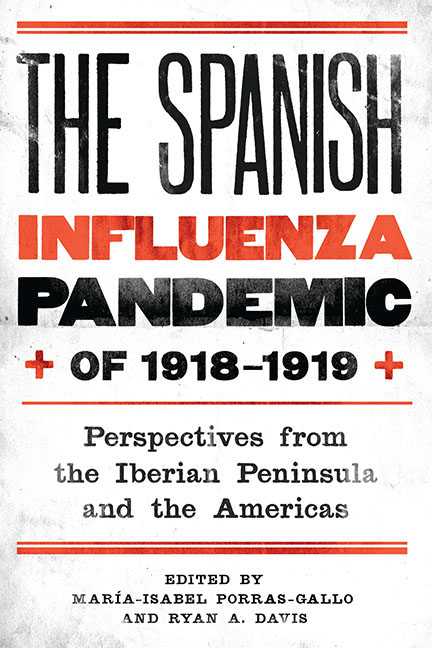 The Spanish Influenza Pandemic of 1918–1919
The Spanish Influenza Pandemic of 1918–1919 from Part Two - Social Responses: Human and Institutional Actors
Published online by Cambridge University Press: 14 March 2018
The influenza pandemic that wreaked havoc in Europe in 1918 was an ordeal for the societies it affected, as evidenced by governments’ efforts to fight it, health professionals’ responses to it, and the general population's behavior. Scholarly attention to these issues has expanded our understanding of the epidemic beyond what we learn from morbimortality data, which are important in their own right. Nevertheless, relatively little work has been done on nongovernmental and not-for-profit organizations during the 1918–19 epidemic, despite current broader interest in the provision of welfare services “outside the purview of the State” from individuals, families, mutual-aid associations, and private charities. This chapter examines the pandemic from the point of view of the mutual benefit societies (MBSs) in Spain—whose work became vital for the attention received at the time by workers and their families—to shed light on the history of these societies and their relationship with the state system and other public administrations as well as on the 1918–19 influenza pandemic.
We look specifically at the effort of the physicians employed by these societies in Pamplona, Spain. As a general rule, these societies were linked to the social hygiene movement that became prominent in Europe at the beginning of the twentieth century as a means to social reform. They were known for assisting authorities in fostering health care practices, and they played a leading educational role in the improvement of health among the inhabitants of Pamplona during the first two decades of the twentieth century. In this period Spanish activists and physicians, frequently funded by private charity with hardly any support from public authorities, organized medical-social campaigns to improve the public health of society.
At the time of the influenza epidemic, Pamplona had the same medical health care systems as the rest of Spain. At the turn of the twentieth century the Spanish sanitary structure were based on nineteenth-century models, which had shifted from the social assistance characteristic of the Ancien Régime to a humanitarian model more in keeping with the liberal state.
To save this book to your Kindle, first ensure [email protected] is added to your Approved Personal Document E-mail List under your Personal Document Settings on the Manage Your Content and Devices page of your Amazon account. Then enter the ‘name’ part of your Kindle email address below. Find out more about saving to your Kindle.
Note you can select to save to either the @free.kindle.com or @kindle.com variations. ‘@free.kindle.com’ emails are free but can only be saved to your device when it is connected to wi-fi. ‘@kindle.com’ emails can be delivered even when you are not connected to wi-fi, but note that service fees apply.
Find out more about the Kindle Personal Document Service.
To save content items to your account, please confirm that you agree to abide by our usage policies. If this is the first time you use this feature, you will be asked to authorise Cambridge Core to connect with your account. Find out more about saving content to Dropbox.
To save content items to your account, please confirm that you agree to abide by our usage policies. If this is the first time you use this feature, you will be asked to authorise Cambridge Core to connect with your account. Find out more about saving content to Google Drive.